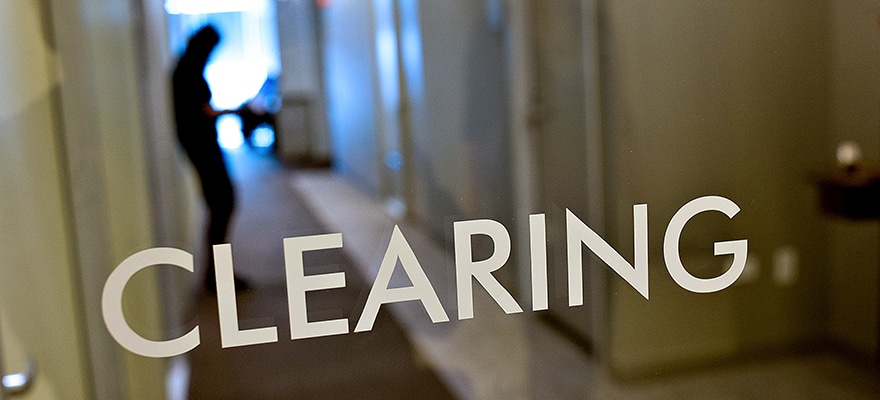ESMA Shakes Up Markets: New Margin Transparency & Clearing Cost Rules Under Fire
Regulators are tightening the screws—again. The European Securities and Markets Authority (ESMA) just dropped a consultation that could force clearinghouses to expose their margin methodologies and cost structures. Brace for impact.
The Naked Truth About Margins
ESMA’s proposal aims to peel back the curtain on how clearinghouses calculate margins—a move they claim will boost transparency. Critics say it’s just paperwork masquerading as reform.
Clearing Costs: Who Foots the Bill?
Hidden fees, opaque pricing—sound familiar? The consultation also targets the murky world of clearing costs, where banks and funds often get nickel-and-dimed. Surprise: the industry isn’t thrilled.
The Bottom Line
More transparency? Sure. Lower costs? Don’t hold your breath. If history’s any guide, these rules will spawn a fresh wave of compliance jobs—while the big players find new ways to keep the gravy train rolling.

The European Securities and Markets Authority (ESMA), the EU’s financial markets regulator and supervisor, launched two public consultations following the review of the European Market Infrastructure Regulation (EMIR 3).ESMA is encouraging stakeholders to share their views about:
- the type of information to be disclosed by clearing service providers (CSPs) to their clients, in relation to costs and fees for the provision of clearing services; and
- the requirements regarding the central counterparties’ (CCPs) margin simulation tool and CSPs’ margin simulations; and the type of information to be provided by CCPs and CSPs regarding their margin models.
EMIR 3 introduces several measures to make EU clearing services and EU CCPs more efficient and competitive, including by increasing transparency regarding costs and fees for the provision of clearing services and margins called by CCPs and CSPs.
Next stepsThe deadline for responses to the consultation papers is 8 September 2025. Based on the responses received, ESMA will prepare the final reports and submit the final draft technical standards to the European Commission by 25 December 2025.
Source: ESMA
